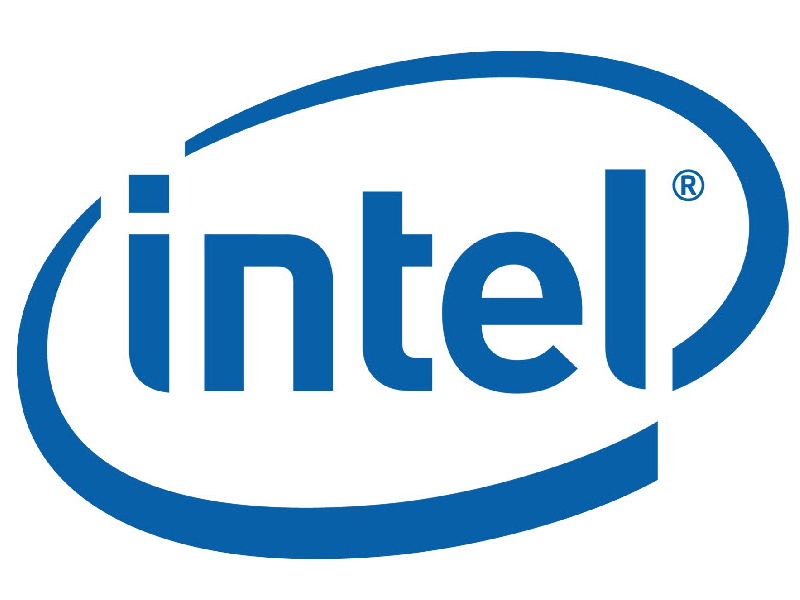Intel on Schedule for Mass Production 14nm Chips
14nm chips can be expected on the market sometime during 2014
As we have come to expect, Intel will be starting the production of 14nm chips this year. For the production of these chips Intel has appointed three factories that are already prepared for 14nm production: D1X in Oregon, Fab 42 in Arizona and Fab 24 in Ireland. Halfway through 2013 Intel should be sending out prototypes for testing. Intel will begin mass production of 14nm chips in 2013 and they should become available on the market sometime 2014.
The current 'Ivy Bridge' chips and the 'Haswell' chips that we can expect in June are still based on 22nm. The first 14nm chips that we can expect will be codenamed 'Broadwell'. The advantages of 14nm chips over 22nm chips include lower power consumption, possibly lower TDP, and as a result they will allow for more computing power per surface area.
Contact Us for News Tips, Corrections and Feedback
Get Tom's Hardware's best news and in-depth reviews, straight to your inbox.
Niels Broekhuijsen is a Contributing Writer for Tom's Hardware US. He reviews cases, water cooling and pc builds.
-
mavroxur Good for Intel. I love progress. Hopefully (dreaming, I know) this will force down the price of Sandy Bridge / Ivy Bridge, but I'm not holding my breath.Reply -
g00fysmiley we already have ivy bridge down to 35 watts, supposedly haswell with have 35watt options to, i wonder how low tdp will be for 14nm... probably have to consider upgrading the htpc with the new low poewer chip at that point the 45 watt amd single core sempteron i have now for low heat output/power consumption is showing its ageReply -
You're so desktop g00fy. Think mobile. 14nm gets them into subwatt in some instances for ATOM perhaps. It probably takes Broadwell into the tablet market completely with 7 TDP/3 SDP parts. It also probably gives it a possible landing spot in high end phones as well and finally allows Intel to put ATOM completely into phone with 1 to 2 watt parts with at least 4 cores, baseband functionality, and out of order execution. I don't think anybody is thinking about desktops for this stuff. Who cares if our desktop is 25 watt instead of 35 watt? People tend to want to push the envelope in those markets so I expect it to do little for the desktop market. I doubt we'll be able to overclock to 8 GHz comfortably as they will have crazy throttling limits.Reply
-
Aren't we hitting a physical limit.. like very soonish after this? Unless intel finds a way to compress atoms of course... or tell an atom itself to work as a transistor.Reply
-
icemunk squidwardAren't we hitting a physical limit.. like very soonish after this? Unless intel finds a way to compress atoms of course... or tell an atom itself to work as a transistor.Reply
We can always start stacking processors in a 3d manor -
jn77 There is going to come a time when how many MM the process is for the chips won't matter and we are getting close. So my question is, When are the nano tube or fiber optic nano tube processors going to come out? I am not going to care that we hit 2mm in 5 years now, whats the next step.....Reply -
serendipiti mavroxurGood for Intel. I love progress. Hopefully (dreaming, I know) this will force down the price of Sandy Bridge / Ivy Bridge, but I'm not holding my breath.Va a ser que no. translated: will be no... ;)Reply
TruthEaterYou're so desktop g00fy. Think mobile. 14nm gets them into subwatt in some instances for ATOM perhaps. It probably takes Broadwell into the tablet market completely with 7 TDP/3 SDP parts. It also probably gives it a possible landing spot in high end phones as well and finally allows Intel to put ATOM completely into phone with 1 to 2 watt parts with at least 4 cores, baseband functionality, and out of order execution. I don't think anybody is thinking about desktops for this stuff. Who cares if our desktop is 25 watt instead of 35 watt? People tend to want to push the envelope in those markets so I expect it to do little for the desktop market. I doubt we'll be able to overclock to 8 GHz comfortably as they will have crazy throttling limits.
I agree: mobile is where this move makes sense. Take into account that intel is keeping the 14nm node "in time" (-> the original tic-toc cadence) while they are alredy some months behind schedule for Haswell...

